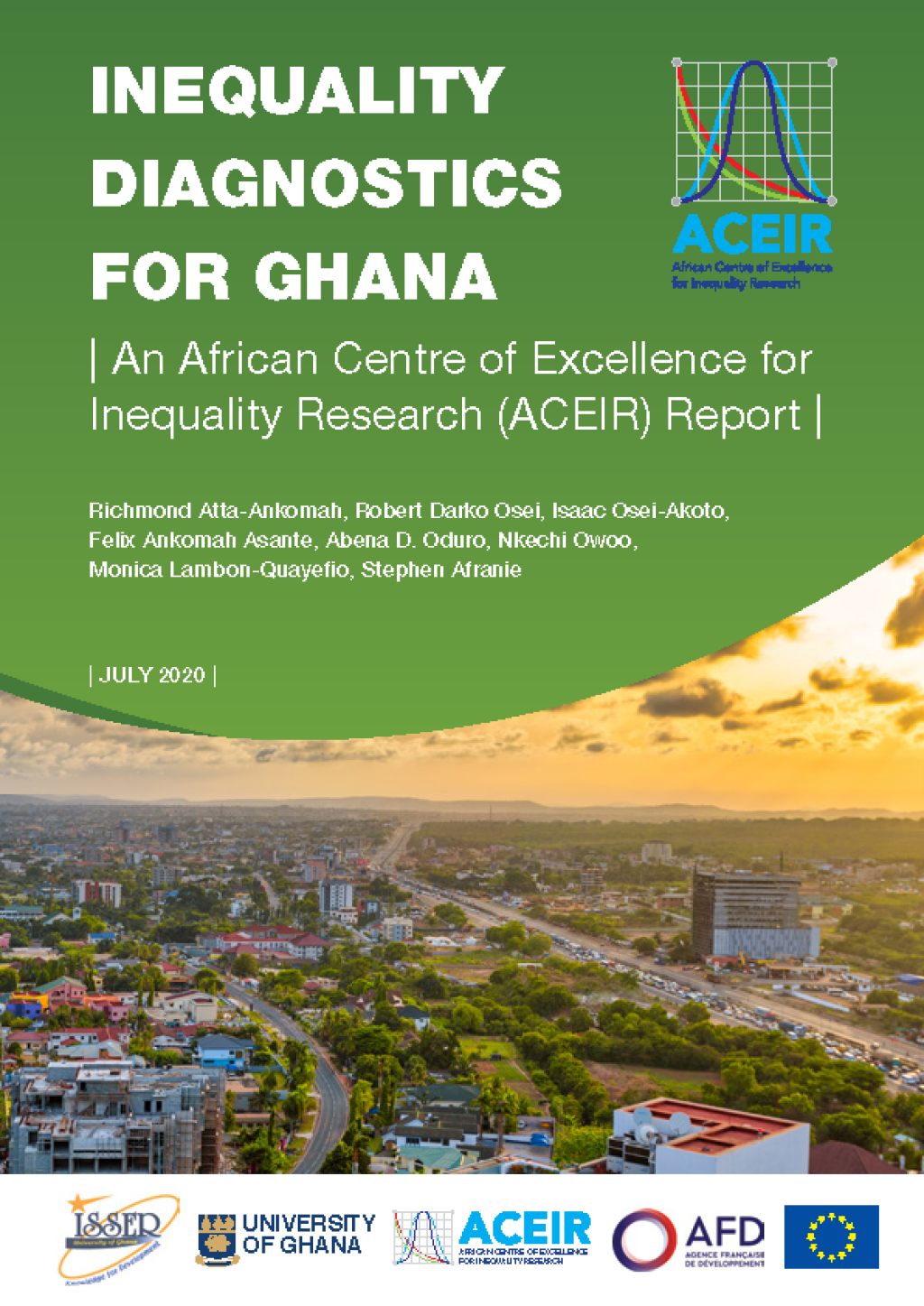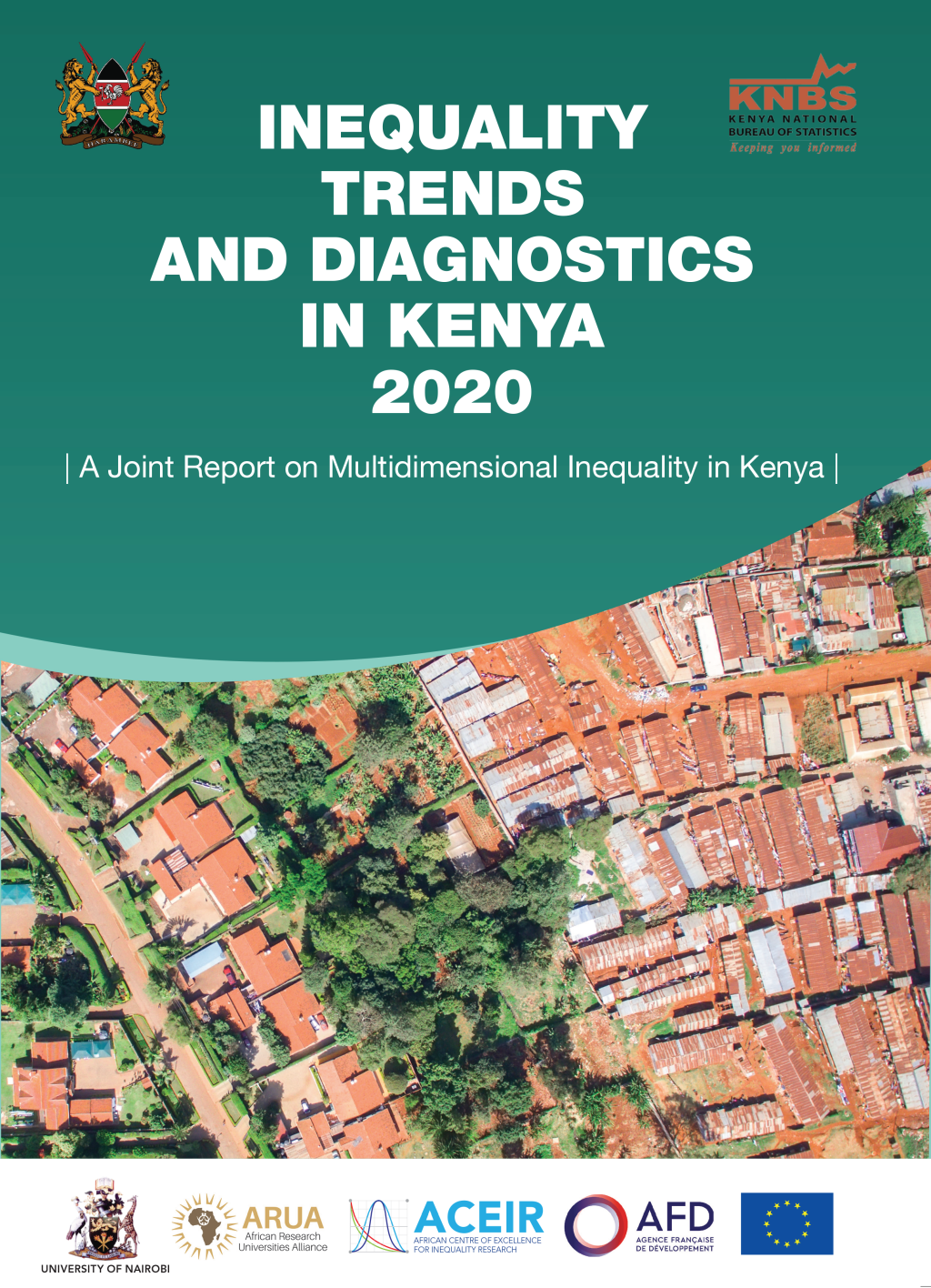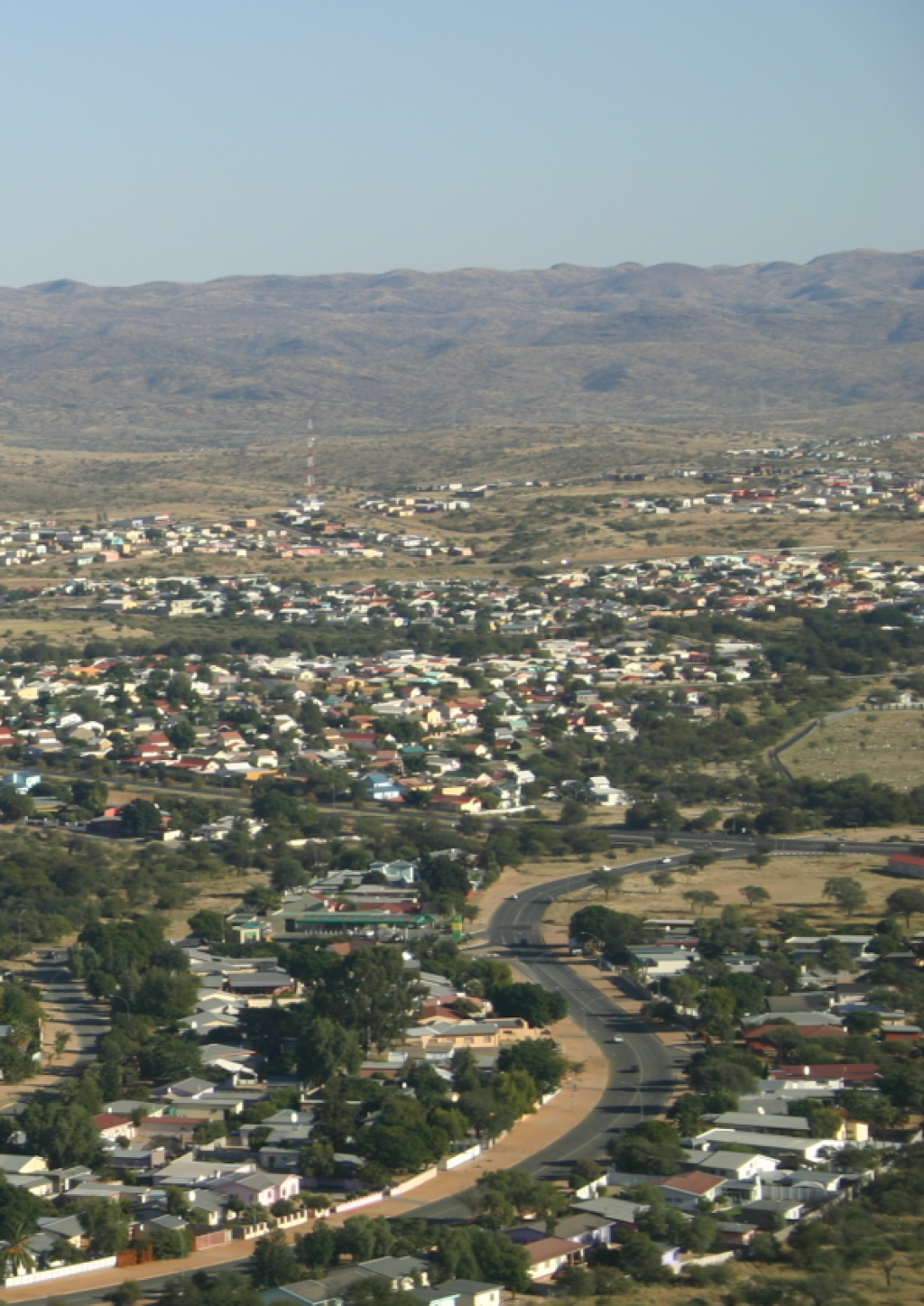This cornerstone research project of ACEIR involves working with the national statistical offices and government departments of different African countries to:
- Use census, survey, and administrative data to profile and map inequality and poverty.
- Understand the persistence of inequality by describing and analysing multidimensional inequalities and their interactions.
- Analyse the dynamics of poverty and inequality by using panel data.
- Use the evidence generated as a platform for dialogue on strategies to overcome poverty and inequality.
Collaboration with national statistical offices is central to the ACEIR’s agenda. It also forms the bridge into an effective working relationship with governments on policies to overcome inequality.
Published since 2019, the reports serve as a baseline on inequality trends in each country and are used to explore the implications of the data analyses with different sectoral stakeholders.
A central data hub provided by ACEIR's data partner – DataFirst, Africa’s only internationally-certified data repository – and strong data centres in partner countries facilitate the inequality analyses. To set up a common base for country comparisons, a foundational guide for multidimensional inequality analysis was developed by ACEIR researchers as a key tool for the country teams working on the series of inequality diagnostics.
This handbook outlines key dimensions and indicators of inequality and provides guidelines for measuring income and beyond income inequalities. In 2024, work commenced to extend and update the handbook to include analysis of inequalities related to climate vulnerabilities and their interactions with other socio-economic and environmental factors.
This undertaking to develop inequality diagnostic tools and related capacity building in partnership with ACEIR is spearheaded by the Agence Française de Développement since the first phase of the Research Facility on Inequalities, funded by the European Union.





